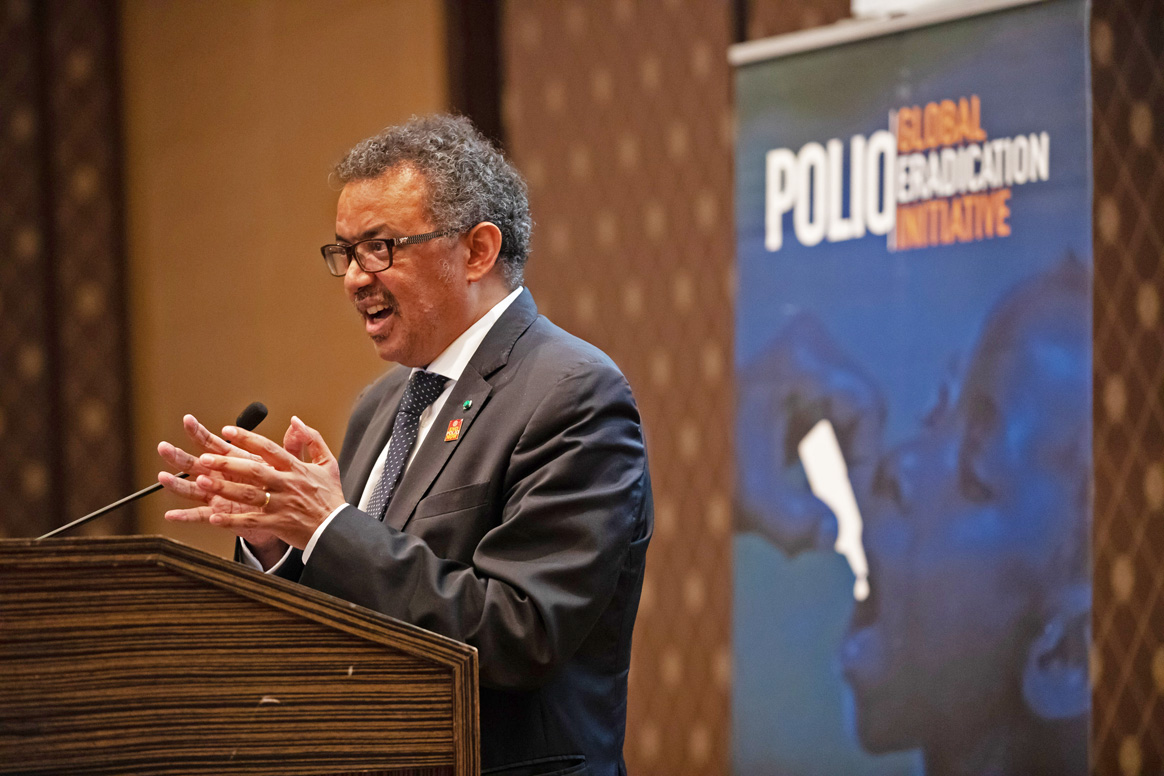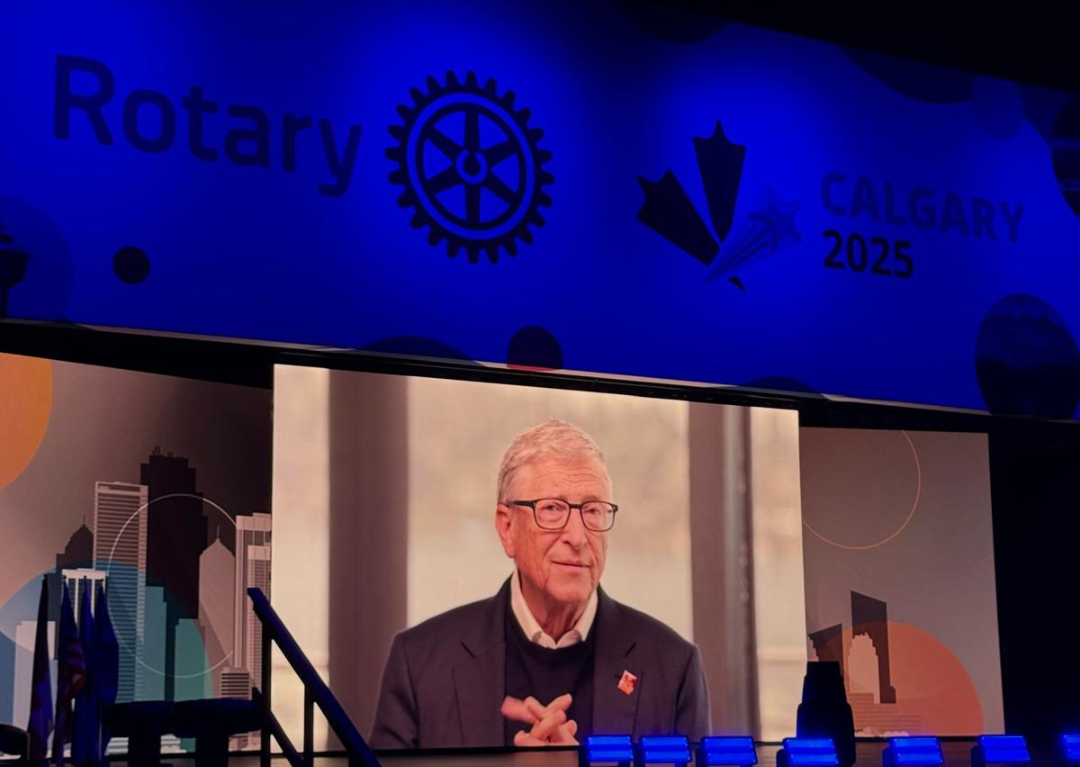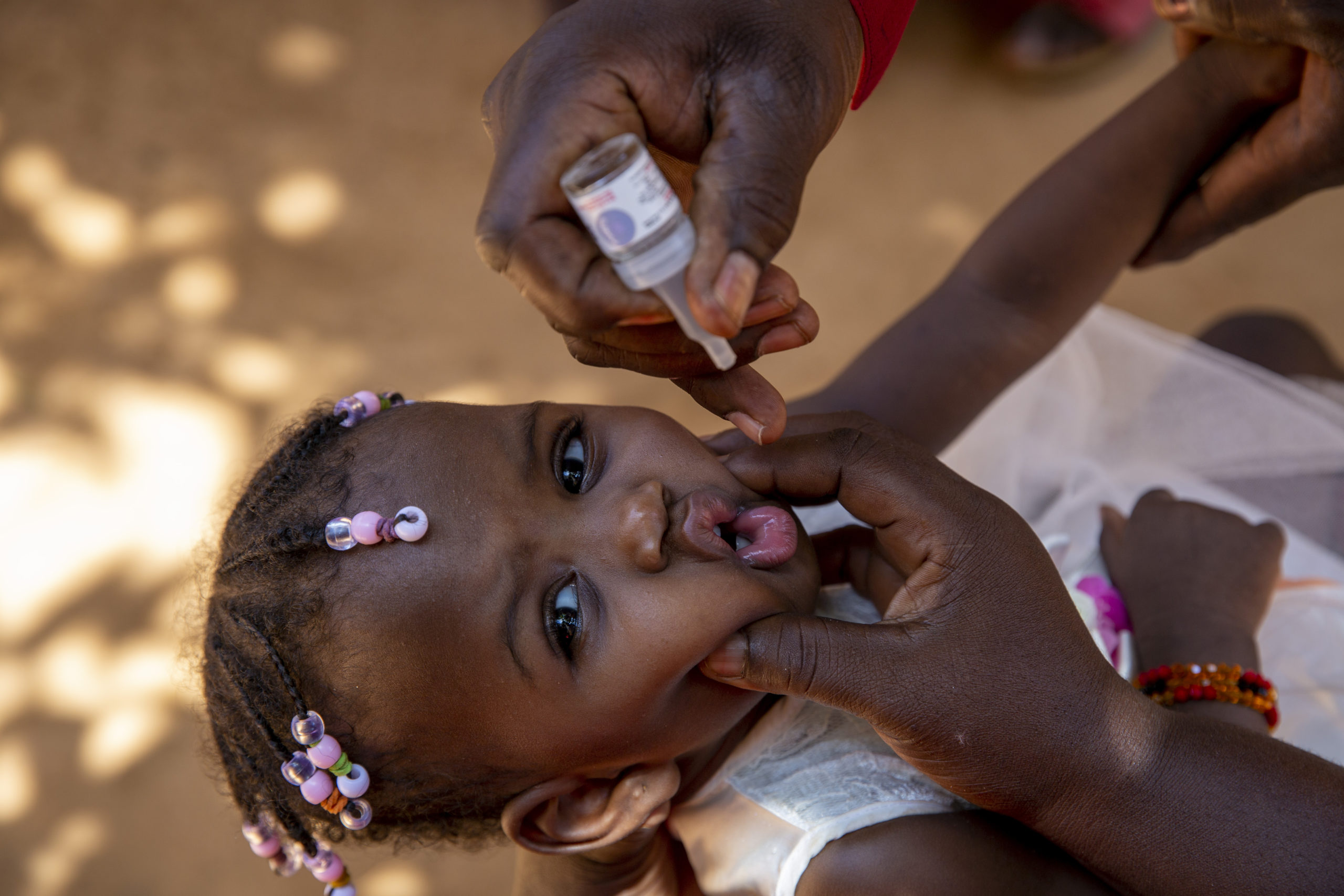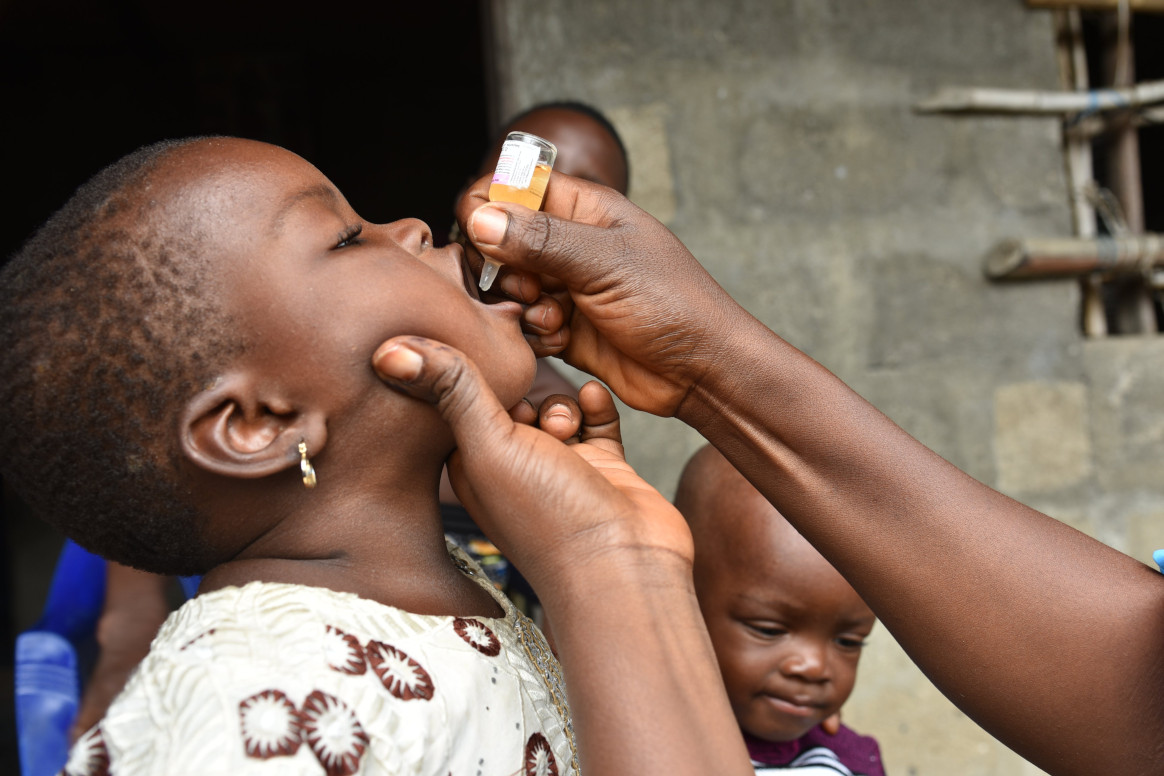The Endgame Plan through 2018 brought the world another year closer to being polio-free. While we had hoped to be finished by now, 2018 set the tone for the new strategic plan, building on the lessons learned and mapping out a certification strategy by 2023. 2018 was also marked by expanded efforts to reach children with vaccines, the launch of innovative tools and strategies, critical policy decisions and renewed donor commitment to the fight.
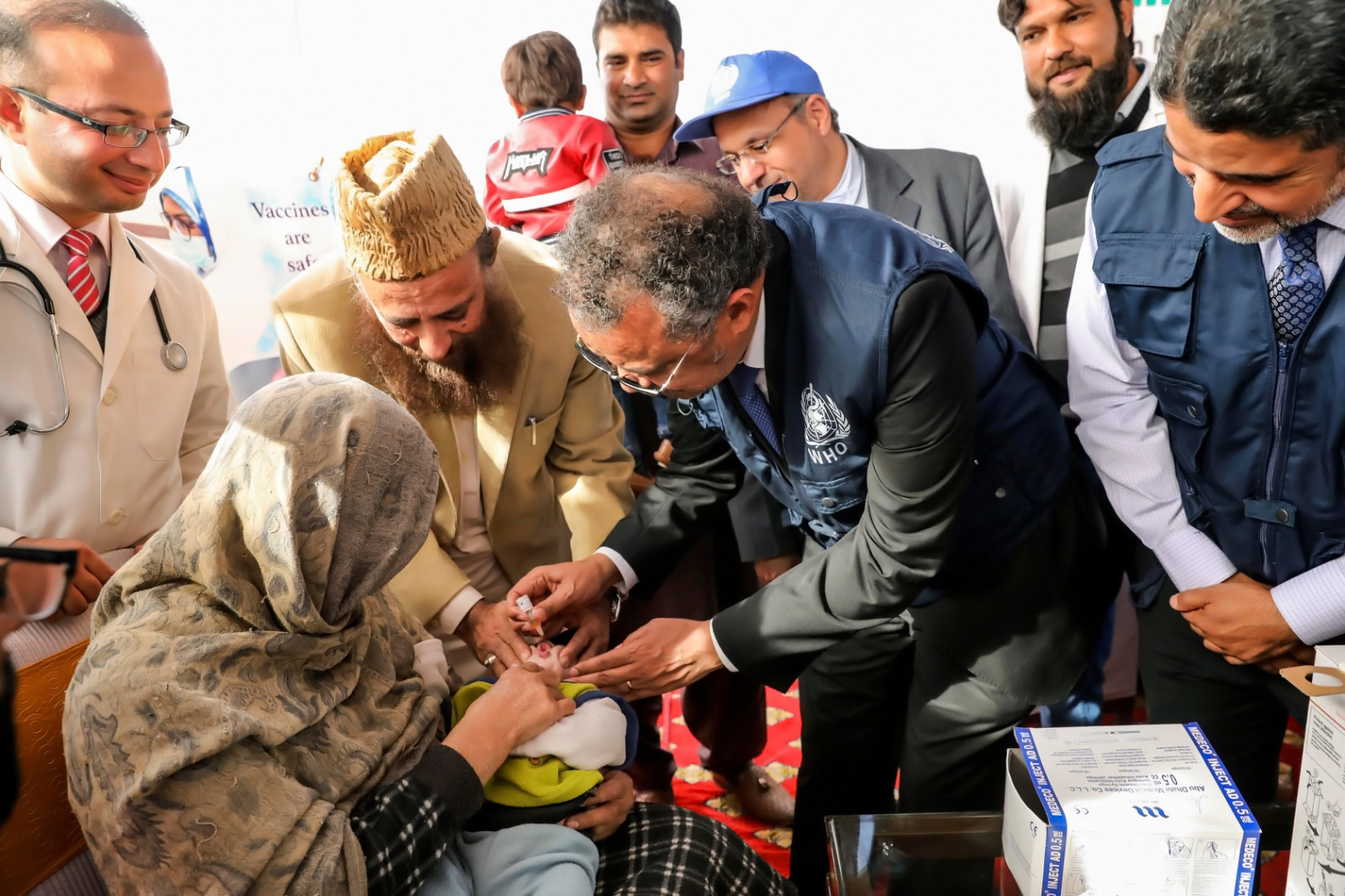
Cornering wild poliovirus
Circulation of wild poliovirus (WPV) continues in the common epidemiological block in Afghanistan and Pakistan. However, both countries steadily worked to improve the quality of their vaccination campaigns in 2018 through National Emergency Action Plans, with a particular focus on closing any immunity gaps to put the countries on track to successfully stop WPV in the near future. Given the priority on polio eradication, WHO Director General, WHO Regional Director for the Eastern Mediterranean and President, Global Development at Bill & Melinda Gates Foundation started off the new year with a four-day visit to meet the heads of state and have a first-hand experience of the on-the-ground eradication efforts in both the countries.
In August, Nigeria marked two years since detecting any WPV. With continuing improvements in access to the country’s northeast, as well as efforts to strengthen surveillance and routine immunization, the entire African region may be eligible for being certified WPV-free as early as late this year or early 2020. What’s more, the world has not detected type 3 WPV since 2012 and the strain could be certified eradicated sometime this year.
Program innovation
The programme is constantly developing new ways to more effectively track the virus, vaccinate more children and harness new tools to help end the disease for good.
In Nigeria and the surrounding region, health workers launched new tools to enable faster, more comprehensive disease surveillance. e-Surve, a smartphone app, guides officers through conversations with local health officials, offering prompts on how to identify and report suspected cases of disease. Then, with the touch of a button, responses are submitted to a central database where health officials can analyze and track outbreaks across multiple districts in real-time.
Beyond surveillance, health workers worked tirelessly to bring the polio vaccine to the remote communities of Lake Chad. Dotted with hundreds of small islands, the lake is one of the most challenging places on earth to deliver health services. Vaccinators must travel by boat on multi-day trips to deliver polio vaccines to isolated island villages, using solar-powered refrigerators to keep their precious cargo cool. In 2018, vaccination campaigns on the lake reached thousands of children for the first time – children who would otherwise have gone unprotected.
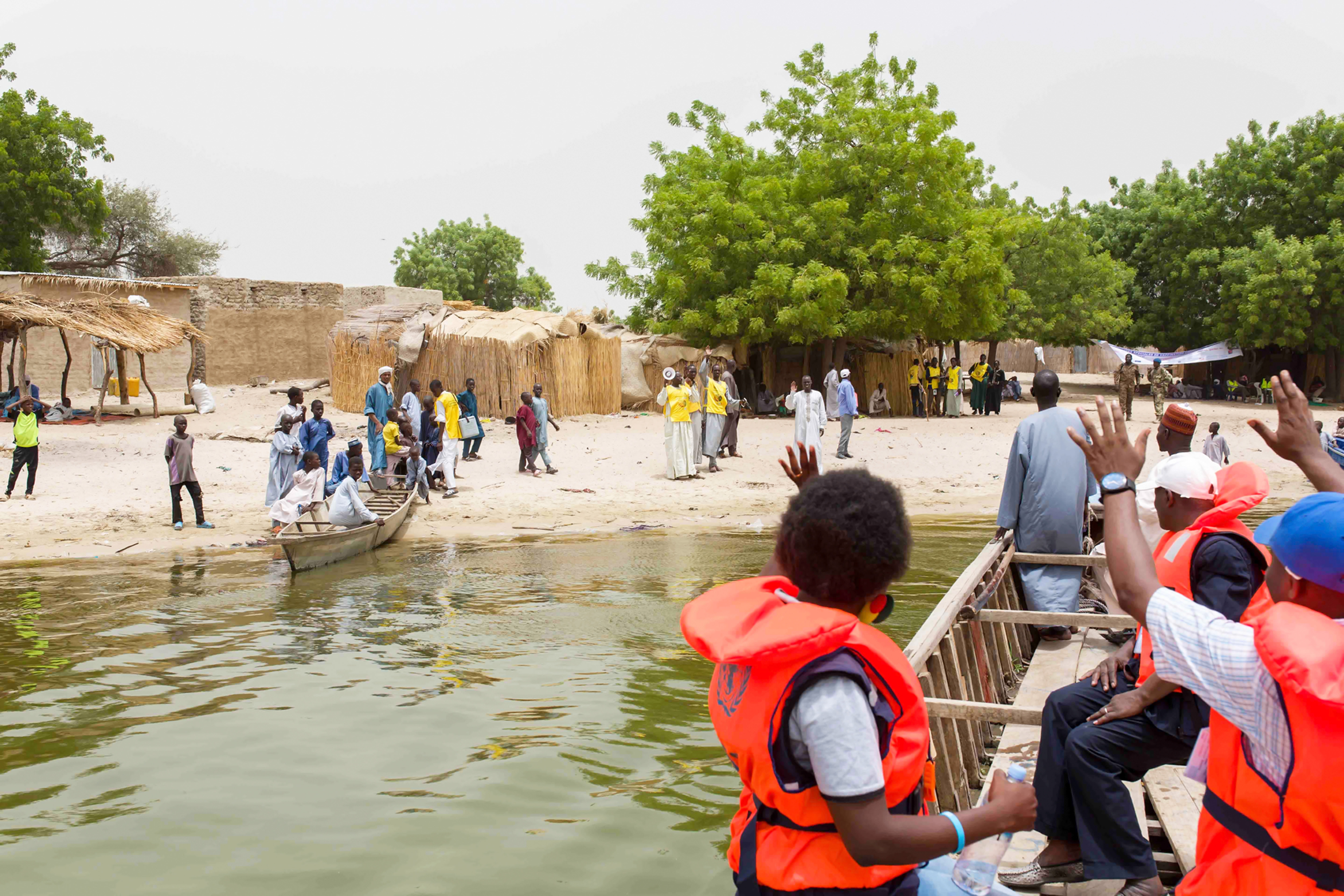
The programme also took important steps in developing new tools including, novel oral polio vaccine (nOPV), if studies show to be successful, could provide a safer form of OPV that provides the same level of protection without the small risk of vaccine-derived polio in under-immunized populations.
Battling circulating vaccine-derived poliovirus
In 2018, the Democratic Republic of the Congo, Niger, Nigeria, Papua New Guinea, Kenya, Somalia and Mozambique experienced outbreaks of circulating vaccine-derived polio (cVDPV). Although these cases are still rare – and only happen in places where immunity is low. The polio eradication initiative has two urgent tasks: eradicate WPV quickly as possible and stop the use of OPV globally, which in tandem will prevent new cVDPV strains from cropping up.
The program uses the same proven strategies for stopping wild polio in responding to cVDPV cases. These strategies, coupled with the rapid mobilization of resources on the ground, can bring outbreaks under control.
In December, an international group of public health experts determined that the 2017 cVDPV2 outbreak in Syria has been successfully stopped. This news follows 18 months of intensive vaccination and surveillance efforts led by the GPEI and local partners in conflict-affected, previously inaccessible areas. In Papua New Guinea, the programme carried out 100 days of emergency response this past summer and is continuing to vaccinate and expand surveillance across the country.
Bringing an end to ongoing cVDPV outbreaks remains an urgent priority for the program in 2019.
New policy decisions
At the World Health Assembly in May, Member States adopted a landmark resolution on poliovirus containment to help accelerate progress in this field and ensure that poliovirus materials are appropriately contained under strict biosafety and biosecurity handling and storage conditions. The programme also finalized a comprehensive Post-Certification Strategy that specifies the global, technical standards for containment, vaccination and surveillance activities that will be essential to maintaining a polio-free world in the decade following certification.
Recognizing the ongoing challenge posed by cVDPVs, the Global Commission for the Certification of Poliomyelitis Eradication (GCC) met in November and recommended an updated process for declaring the world polio-free. This plan will start with the certification of WPV3 eradication, followed by WPV1, and include a separate independent process to validate the absence of vaccine-derived polio.
Comprised of members, advisers, and invited Member States, the 19th IHR Emergency Committee met in November. The Committee unanimously agreed that poliovirus continues to be a global emergency and complacency at this stage could become the biggest hindrance. “We have the tools, we need to focus on what works, we need to get to every child,” commented Prof. Helen Rees, Chairperson of the Committee. “The reality is that there is no reason why we should not be able to finish this job, but we have to keep at it.” “We have achieved eradication of a disease once before, with smallpox,” Rees concluded. “The world is a much better place without smallpox. It’s now more urgent than ever that we redouble our efforts and finish this job once and for all as well.”
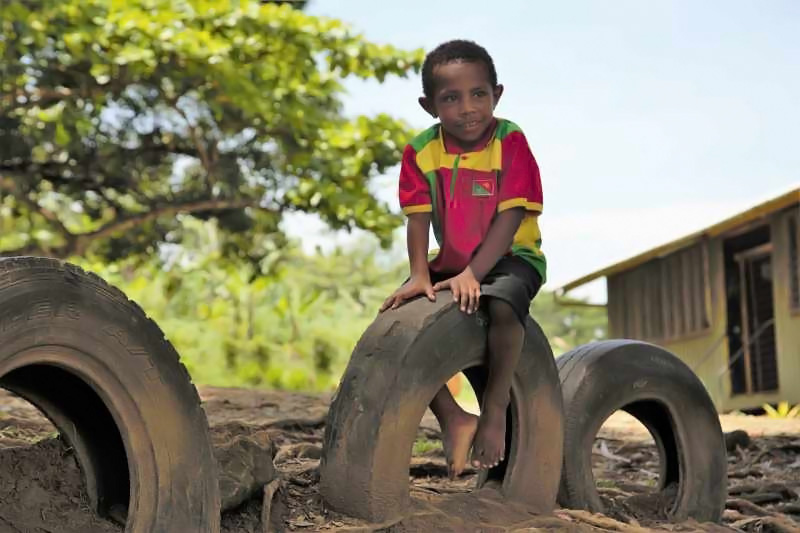
Spotlight on gender
In 2018, the GPEI took major steps in adopting a more gender-responsive approach and strengthening gender mainstreaming across its interventions. The GPEI Gender Technical Brief highlighted the programme’s commitment to gender equality and included a thorough analysis of various gender-related barriers to immunization, surveillance and communication.
The programme introduced new gender-sensitive indicators to ensure that girls and boys are equally reached with polio vaccines, to track the timeliness of disease surveillance for girls and boys, and to monitor the rate of women’s participation as frontline workers in the endemic countries. The GPEI continues to regularly collect and analyze sex-disaggregated data and conduct gender analysis to further strengthen the reach and effectiveness of vaccination campaigns.
Donor and country commitments
Throughout 2018, political leaders around the world voiced their support for the programme’s efforts, including Prime Minister Trudeau, WHO Director General Dr Tedros, Prime Minister Theresa May, His Highness Sheikh Mohamed bin Zayed Al Nahyan and His Royal Highness Prince Charles. Leaders demonstrated commitment by advocating for a polio-free world at various global events, including the G7, G20, CHOGM, and the annual Rotary Convention.
Donor countries made new financial contributions to the programme in 2018. Polio-affected countries also demonstrated continued political commitment to eradication efforts. The Democratic Republic of the Congo signed the Kinshasa Declaration committing to improve vaccination coverage rates in sixteen provinces throughout the country, and Nigeria approved a $150 million loan from the World Bank to scale up immunization services and end polio.
Looking ahead: 2019 and beyond
Over the last five years, the programme has been guided by the 2013-2018 Polio Eradication & Endgame Strategic Plan, helping to bring the world to the brink of polio eradication. This spring, the programme will finalize a new strategy –GPEI Strategic Plan 2019-2023– which will aim to sharpen the tools and tactics that led to this incredible progress. In 2019, the GPEI will also launch its first-ever Gender Strategy to further guide its gender-responsive programming and to increase women’s meaningful and equal participation at all levels of the programme.
Success in the coming years will hinge on harnessing renewed financial and political support to fully implement the plan at all levels, with our one clear goal in sight: reach every last child with the polio vaccine to end this disease once and for all. Echoing similar sentiments, Chairs of the effort’s main advisory bodies issued an extraordinary joint statement, urging all to step up their performance to end polio. 2019 may very well be the watershed year that the world will finally eradicate polio, thanks to the global expertise and experience over 3 decades.
